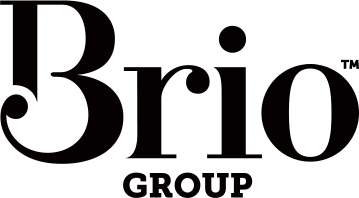Is your brand a fractal?
Influenced by Lee’s original blog about fractals, I started to think about how fractals can be used for brands. I came to the conclusion that fractals are a good paradigm / framework to model your brand.
The definition of a fractal according to Hyperdictionary is:
A rough or fragmented geometric shape that can be subdivided in parts, each of which is (at least approximately) a smaller copy of the whole. Fractals are generally self-similar (bits look like the whole) and independent of scale (they look similar, no matter how close you zoom in).
If a brand is the total experience you get from interacting with a product or company, then a good brand will emanate a consistent message or culture both internally and externally. By taking a fractal point of view when creating a brand, we can design total experiences where all aspects, large and small, reinforce each other.
If your brand is a fractal, then any interaction with part of the brand will reflect the interaction with every other part of the brand, as well as the complete brand itself.
An example of a fractal brand is Apple.
As a whole, the Apple brand exudes a culture of lifestyle, imagination, innovation, quality, aspirations and empowerment through technology. Apple is a successful brand because they maintain this culture at all contact points. Their TVCs stimulate the imagination and promote the liberation found in their innovative products; the interior design of their stores give the feeling of quality and usability, as does their website; the staff are knowledgable and continue the theme of empowerment as they cheer for you when you’ve bought a product.
Is your brand a fractal? Look at ways to integrate all aspects of your brand, from your logo design through to how the phone is answered.
Yours in fractals,
Anya
(Image courtesy of Julia Map)


